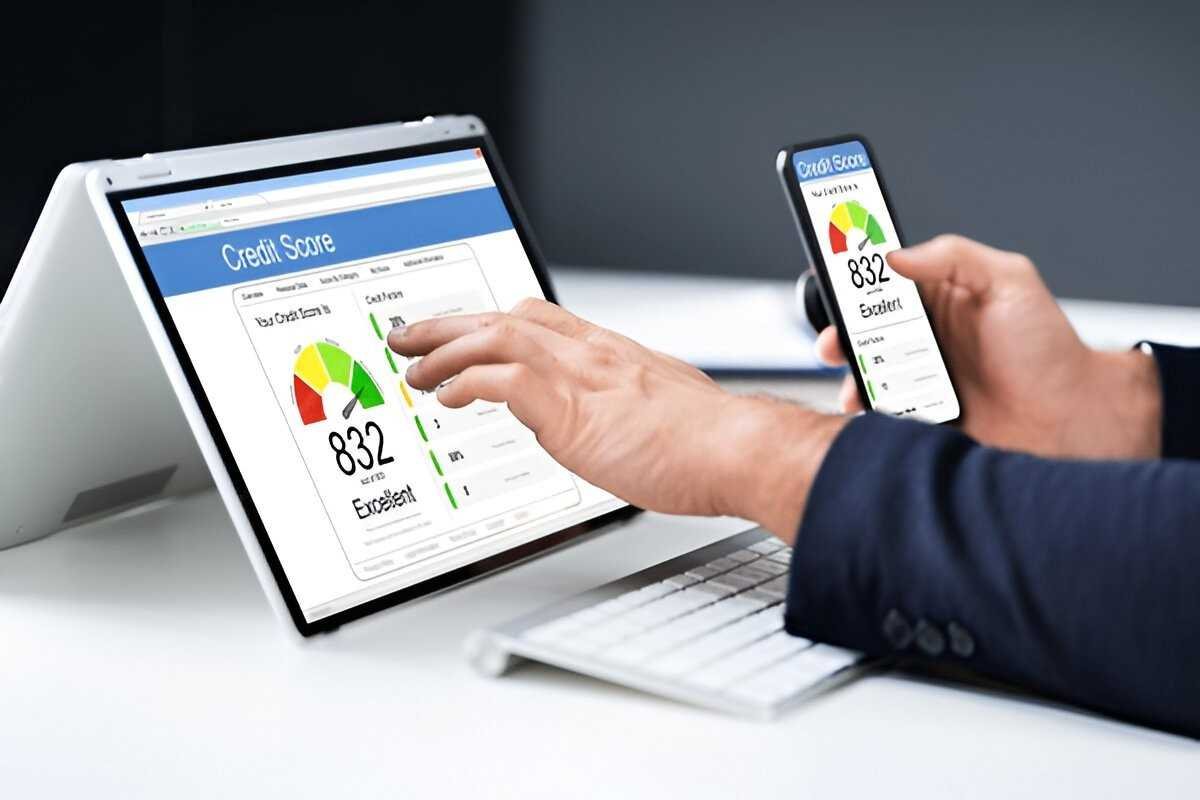Convertible Revolving Credit is a flexible financing option that combines the features of a revolving credit line with the ability to convert the borrowed amount into a term loan. This financial product is particularly useful for businesses and individuals who need ongoing access to funds but also want the option to convert their debt into a structured repayment plan. Understanding Convertible Revolving Credit can help learners of accounting and finance appreciate its utility and how it can be leveraged for various financial needs.
Table of Contents
Key Features of Convertible Revolving Credit
1. Revolving Credit Line
- Flexibility: A revolving credit line allows borrowers to draw, repay, and redraw funds up to a specified limit, providing ongoing access to capital.
- Credit Limit: The amount that can be borrowed is predetermined, similar to a credit card, where the limit resets as the borrower repays the principal.
2. Conversion Option
- Conversion Flexibility: At any point, the borrower can convert the outstanding balance of the revolving credit line into a term loan, which has fixed payments over a specified period.
- Predetermined Terms: The terms of the conversion, including interest rates and repayment schedule, are usually set at the time the credit line is established.
3. Interest Rates
- Variable Rates: Initially, the interest on the revolving credit may be variable, changing with market conditions.
- Fixed Rates upon Conversion: When converted into a term loan, the interest rate is typically fixed, providing predictable repayment amounts.
Benefits of Convertible Revolving Credit
1. Access to Flexible Funding
- Ongoing Needs: Ideal for businesses and individuals who have fluctuating cash flow needs, such as seasonal expenses or unexpected costs.
- Convenience: Borrowers can access funds as needed without reapplying for a new loan each time, making it a convenient source of liquidity.
2. Structured Repayment Option
- Debt Management: The conversion feature allows borrowers to manage their debt more effectively by converting it into a term loan, which can be easier to budget for and repay over time.
- Financial Planning: Predictable payments after conversion help in better financial planning and cash flow management.
Example of Convertible Revolving Credit
Business Scenario
Imagine a small business owner, Sarah, who owns a retail store. She needs access to funds throughout the year to manage inventory, especially during peak seasons like holidays.
- Initial Setup: Sarah sets up a $100,000 revolving credit line with her bank. The interest rate is variable, currently at 5%.
- Usage: Throughout the year, she draws $20,000 to $40,000 at different times to purchase inventory and repay portions of the amount as sales are made.
- Conversion Decision: After a year, Sarah has an outstanding balance of $50,000. With plans for expansion, she decides to convert this balance into a term loan with a fixed interest rate of 6% over five years.
Benefits Realized
- Flexible Use: Sarah was able to use the funds as needed without multiple loan applications.
- Structured Repayment: The conversion allowed her to manage her debt with predictable monthly payments, aiding in financial stability and planning.
Considerations for Convertible Revolving Credit
1. Cost Implications
- Interest Rates: Borrowers should consider the cost of variable interest rates initially and the fixed rates upon conversion. Understanding these rates is crucial for assessing the total cost of borrowing.
- Fees: Some lenders may charge fees for setting up the revolving credit line or converting the balance to a term loan.
2. Creditworthiness
- Eligibility: The terms and availability of convertible revolving credit depend on the borrower’s creditworthiness. Businesses and individuals with strong credit profiles are more likely to secure favorable terms.
3. Usage Strategy
- Financial Discipline: Borrowers should use the revolving credit responsibly, ensuring that the borrowed amounts are repaid promptly to avoid high-interest costs.
- Conversion Timing: Deciding when to convert the revolving balance into a term loan is critical. Conversion should be considered when stable, predictable repayments are needed or when interest rates are favorable.
Conclusion
Convertible Revolving Credit offers a blend of flexibility and structure, making it a valuable financial tool for both businesses and individuals. By understanding its features, benefits, and practical applications, learners of accounting and finance can appreciate how this product can be used to manage cash flow needs and debt effectively. This understanding helps in making informed decisions about when and how to use such financial products, ensuring better financial health and strategic planning.





